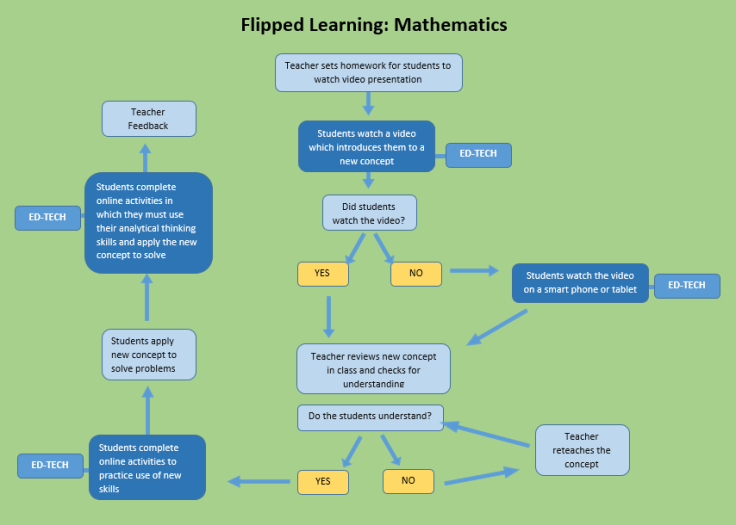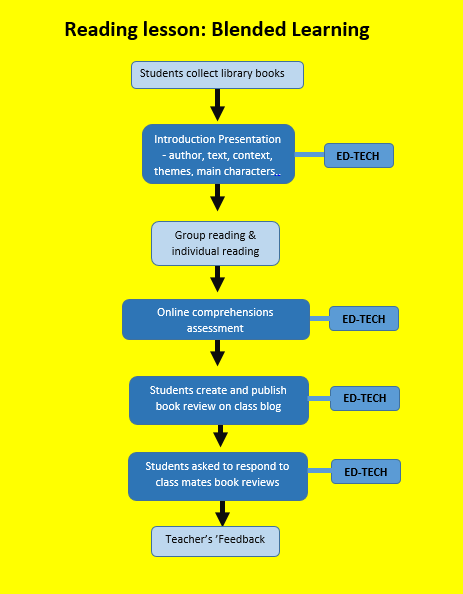--Originally published at FLN Hub Syndicated Posts – Emerging Education Technologies
As discussed in previous posts, an increasing number of schools are realising the potential of adopting blended learning models to utilise educational technologies effectively.
While multiple definitions of blended learning continue to be applied, I will, for the purpose of this post, adhere to the definition offered by the Staker and Horn in 2012, “Blended learning is a formal education program in which a student learns at least in part through online delivery of content and instruction with some element of student control over time, place, path, and/or pace and at least in part at a supervised brick-and-mortar location away from home.”
One of the great things about blended learning is that this approach provides plenty of score for educators to create bespoke models which reflect their students’ needs and the educational environment in which they work. These models can also be adapted to support the development of specific skills and specific academic content.
Over the past months, the teachers I’ve been working with have developed six blended learning models, each tailored to the learners’ needs and the subject content.
Model 1: Blended Learning for Young Learners

Model 2: Blended Learning for Mathematics

Model 3: Blended Learning for Reading Lessons

Model 4: Blended Learning & Physical Education

Model 5: Blended Learning & the Flipped Classroom

Model 6: Blended Learning for Multimedia Projects






Nice Post! Blended learning approach creates a learning experience whereby the learner interacts with other students through the integration of online and face-to-face environments. Visit …..>>>> Blended Learning Approach <<<…..to learn more.